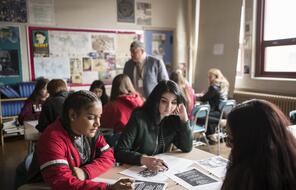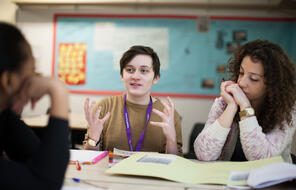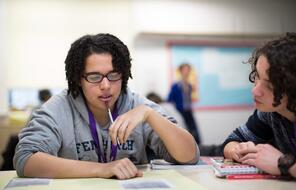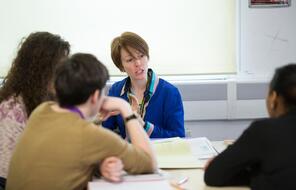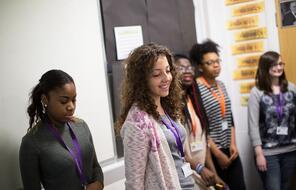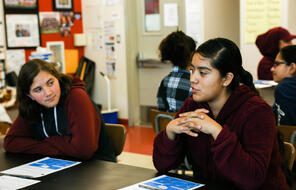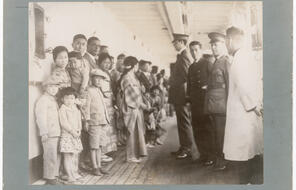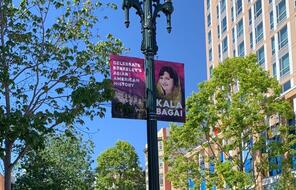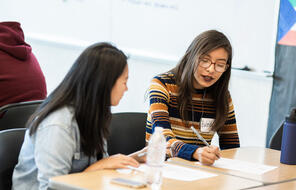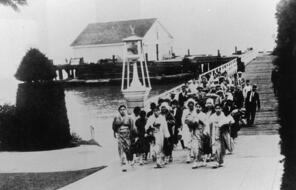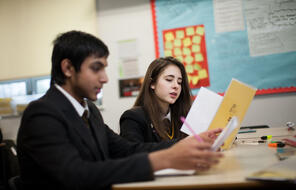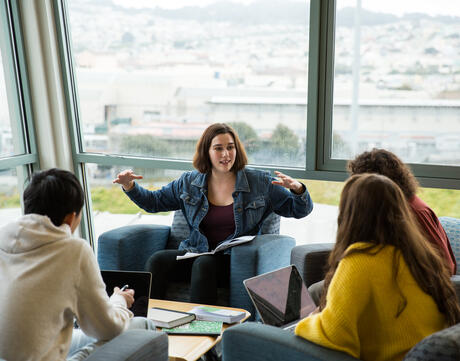
Resources for Civic Education in California
Subject
- Civics & Citizenship
- History
- Social Studies
Grade
8–12Language
English — USPublished
Overview
About This Collection
Facing History & Ourselves’ approach to history and civics reinforces the pillars of the California History–Social Science Framework: Content, Literacy, Inquiry, and Citizenship.
This collection features the Facing History resources that meet California History–Social Science Framework standards. We have organized the resources by the specific standard that each meets.
Inside this Collection
Grade 8 US History Alignment
Grade 10 World History
Grade 11 US History
Grade 12 Principles of American Democracy (Government)
Unlimited Access to Learning. More Added Every Month.
Facing History & Ourselves is designed for educators who want to help students explore identity, think critically, grow emotionally, act ethically, and participate in civic life. It’s hard work, so we’ve developed some go-to professional learning opportunities to help you along the way.
Exploring ELA Text Selection with Julia Torres
On-Demand

Working for Justice, Equity and Civic Agency in Our Schools: A Conversation with Clint Smith
On-Demand

Centering Student Voices to Build Community and Agency
On-Demand


